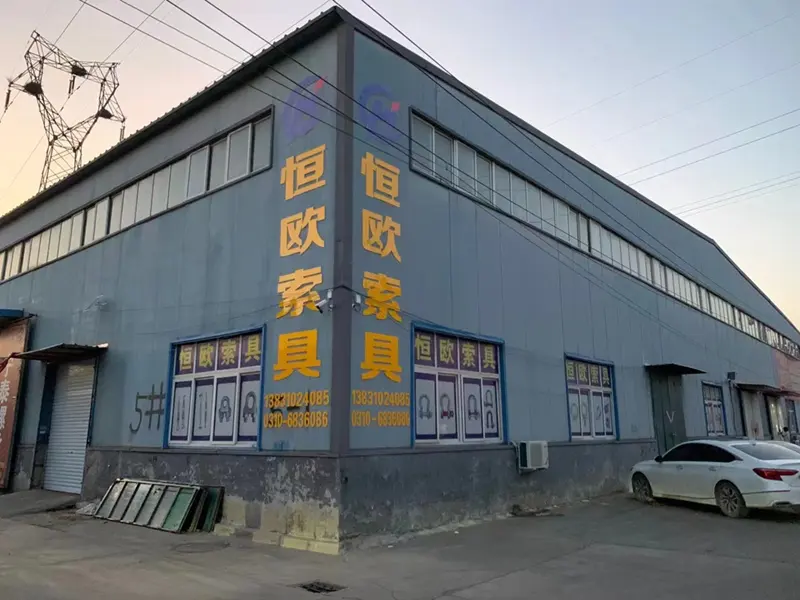
सप्टेंबर . 10, 2024 05:10 Back to list
hpmc-hydroxypropyl methyl cellulose manufacturer
Understanding HPMC A Versatile Ingredient in Modern Applications
Hydroxypropyl Methyl Cellulose (HPMC) is a widely used polymer that has gained substantial traction in various industries due to its unique properties. As a non-ionic cellulose ether, HPMC is derived from cellulose, a natural polymer found in plant cell walls. Its versatility makes it an essential ingredient for manufacturers producing a range of products, from pharmaceuticals to construction materials.
One of the primary characteristics of HPMC is its ability to dissolve in water, forming a viscous gel. This property is particularly valuable in the pharmaceutical industry, where HPMC is utilized as a binder in tablets and as a thickening agent in liquid formulations. The use of HPMC ensures that active ingredients are evenly distributed, leading to improved bioavailability and consistent dosage. Additionally, HPMC is often favored for its non-toxicity and stability, making it suitable for various formulations, including those intended for sensitive populations.
In the realm of construction, HPMC serves as an essential additive in cementitious materials. When added to mortars and plasters, HPMC enhances workability, prolongs open time, and improves adhesion. As a water-retentive agent, it helps maintain moisture, which is crucial for the curing process of concrete and ensures strong bond formation. The construction industry particularly values HPMC for its ability to modify the rheological properties of mixtures, allowing for better application and finishing.
hpmc-hydroxypropyl methyl cellulose manufacturer

The food industry also benefits from the properties of HPMC. As a food additive, it acts as a thickener, stabilizer, and emulsifier, contributing to improved texture and shelf life in various products, such as sauces and dressings. Its ability to form gels at low concentrations makes it an attractive alternative to traditional thickeners.
Choosing a reputable HPMC manufacturer is crucial for getting high-quality products. A reliable supplier ensures that the HPMC meets industry standards and is produced under stringent quality controls. When sourcing HPMC, factors such as purity, viscosity grade, and application-specific modifications should be considered to ensure optimal performance for the intended use.
In conclusion, Hydroxypropyl Methyl Cellulose is a multifunctional ingredient that plays a critical role across various sectors. Its wide-ranging applications, combined with its unique properties, make it a vital component for manufacturers aiming to deliver high-quality, effective, and safe products.
-
Versatile Hpmc Uses in Different Industries
NewsJun.19,2025
-
Redispersible Powder's Role in Enhancing Durability of Construction Products
NewsJun.19,2025
-
Hydroxyethyl Cellulose Applications Driving Green Industrial Processes
NewsJun.19,2025
-
Exploring Different Redispersible Polymer Powder
NewsJun.19,2025
-
Choosing the Right Mortar Bonding Agent
NewsJun.19,2025
-
Applications and Significance of China Hpmc in Modern Industries
NewsJun.19,2025







